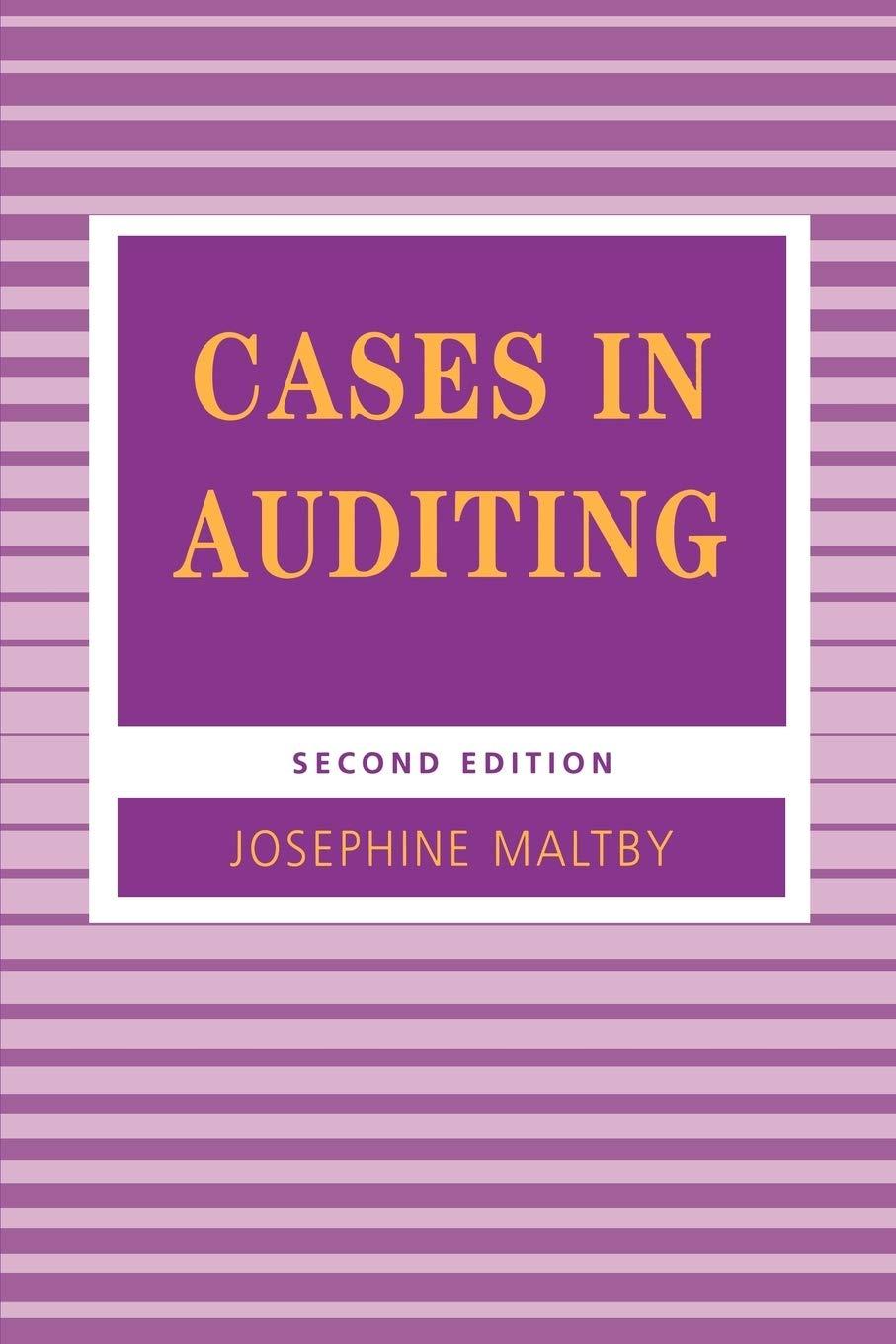The airline industry is one of the more volatile industries. During lean years in the early tor the industry wiped out the earnings it had reported during its entire history. Pan Airlines and Eastern Airlines ceased operations, while Continental Airlines, TWA, and e filed for bankruptey protection. The industry bounced back in the mid-1990s, nid wings of the U.S. economic prosperity and lower energy prices. The airlines have been profitable since 1996, with retumson equity often in excess of 25%. The stock market has a on ognized the stellar growth in profitability as market capitalization of many airlines has triplet since then. Volatility in airlines' earnings arises from a combination of demand volatility, cost st and competitive pricing. Air travel demand is cyclical and sensitive to the economy'se mance. The cost structure of airlines is dominated by fixed costs, resulting in high leverage. While most airlines break even at 60% flight occupancy, deviations from this earnings soaring upward or downward. Also, the airline industry is price competitive. Because of their cost structure (low variable but high fixed costs), airlines tend to reduce fares to market share during a downturn in demand. These fare reductions often lead to price reduces average unit revenue. Hence, airfares are positively correlated with volume of demand resulting in volatile revenues. When this revenue variability is combined with fixed costs, it volatile earnings. can send wars, which Airline companies lease all types of assets-aircraft, airport terminal, maintenance faclities property, and operating and office equipment. Lease terms range from less than a year to as much 25 years. While many companies report some capital leases on the balance sheet, most com panies are increasingly structuring their leases, long-term and short-term, as operating leases The condensed balance sheets and income statements along with excerpts of lease notes from the 1998 and 1997 annual reports for AMR (American Airlines), Delta Airlines, and UAL United Airlines) follow. AMR DELTA UAL 1998 1997 1998 1997 1998199 atance Shoets($ millions) Assets Current assets Freehold assets (net) Leased assets (net) 4,875 $ 4,986 S 3,362 $ 2.867 $2908 $ 2948 2,239 11,073 9,022 7695 10,95 908 347 2,103 164 S22.303 $20,859 $14,603 $12,741 $18.559- 3,042 2,714 1,920 Total assets The airline industry is one of the more volatile industries. During lean years in the early tor the industry wiped out the earnings it had reported during its entire history. Pan Airlines and Eastern Airlines ceased operations, while Continental Airlines, TWA, and e filed for bankruptey protection. The industry bounced back in the mid-1990s, nid wings of the U.S. economic prosperity and lower energy prices. The airlines have been profitable since 1996, with retumson equity often in excess of 25%. The stock market has a on ognized the stellar growth in profitability as market capitalization of many airlines has triplet since then. Volatility in airlines' earnings arises from a combination of demand volatility, cost st and competitive pricing. Air travel demand is cyclical and sensitive to the economy'se mance. The cost structure of airlines is dominated by fixed costs, resulting in high leverage. While most airlines break even at 60% flight occupancy, deviations from this earnings soaring upward or downward. Also, the airline industry is price competitive. Because of their cost structure (low variable but high fixed costs), airlines tend to reduce fares to market share during a downturn in demand. These fare reductions often lead to price reduces average unit revenue. Hence, airfares are positively correlated with volume of demand resulting in volatile revenues. When this revenue variability is combined with fixed costs, it volatile earnings. can send wars, which Airline companies lease all types of assets-aircraft, airport terminal, maintenance faclities property, and operating and office equipment. Lease terms range from less than a year to as much 25 years. While many companies report some capital leases on the balance sheet, most com panies are increasingly structuring their leases, long-term and short-term, as operating leases The condensed balance sheets and income statements along with excerpts of lease notes from the 1998 and 1997 annual reports for AMR (American Airlines), Delta Airlines, and UAL United Airlines) follow. AMR DELTA UAL 1998 1997 1998 1997 1998199 atance Shoets($ millions) Assets Current assets Freehold assets (net) Leased assets (net) 4,875 $ 4,986 S 3,362 $ 2.867 $2908 $ 2948 2,239 11,073 9,022 7695 10,95 908 347 2,103 164 S22.303 $20,859 $14,603 $12,741 $18.559- 3,042 2,714 1,920 Total assets









